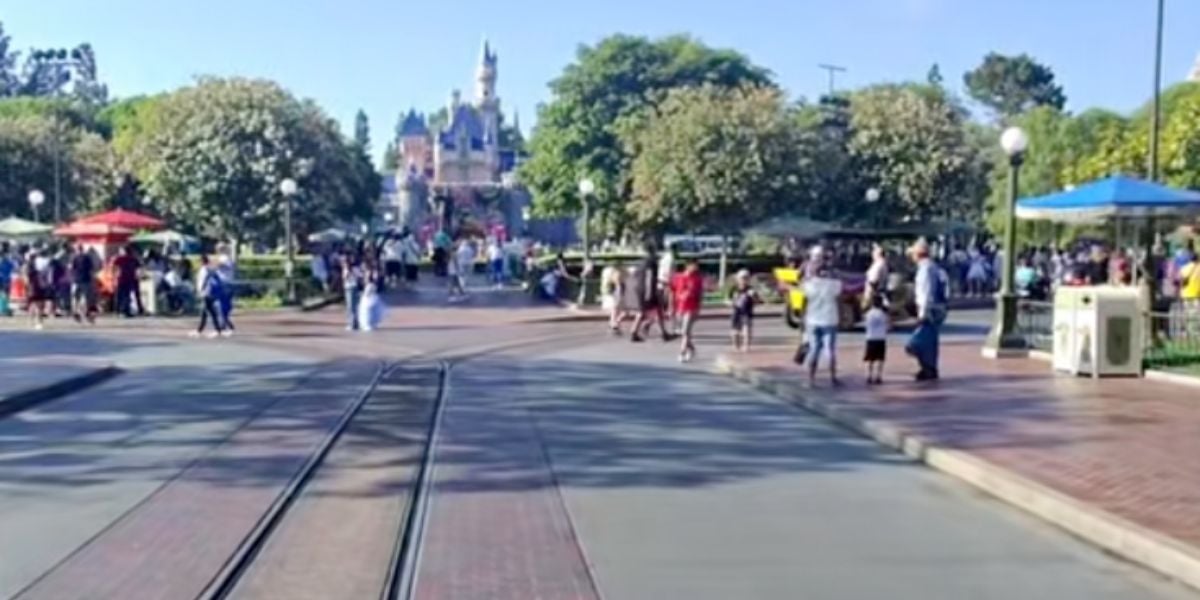By all accounts, Wednesday was a big day for The Walt Disney Company. At its earnings call, Disney announced that it had beaten its earnings forecast, sealed a long-awaited deal with the NFL, signed an agreement with the WWE, and took the Hulu brand international.

It was an outstanding quarter for Disney Parks. The Disney Experiences Division topped $9 billion in revenue, an eight percent increase over the same period last year. The Division had $2.5 billion in operating income, and Domestic Parks saw a 22 percent increase in spending over last year.
All in all, it was a success for Disney Parks. But that left some with a question: How can that be?

When announcing the increase at Disney’s domestic parks, the company also announced a downturn in its international parks. This year, the narrative around Disney’s Domestic Parks was that attendance had experienced a downturn despite Disneyland celebrating its 70th Anniversary.
Part of this increase came from the Disney Cruise Line and its introduction of new ships. However, buried in the report and based on what Disney’s Chief Financial Officer, Hugh Johnston, told CNBC, there is a secret that Disney has now openly admitted.
Deep in the report, it says:
Results reflect higher guest spending at our theme parks.
After the release of the report, Johnston went on CNBC and told the hosts:
Walt Disney World has its biggest Q3 ever. Traffic was up a little bit, and per capita was up very solidly. I know there’s lots of concern about the consumer in the United States right now, we don’t see it. Our consumer is doing very, very well.
Johnston admitted that while attendance may have improved slightly, the amount of money each person spends in the parks has dramatically increased. This can be attributed to the add-ons at Disney’s Domestic Parks like Lightning Lane Passes, VIP tours, golf outings, etc.

However, Johnston failed to acknowledge that the majority of Disney’s consumers cannot afford those types of extras, and playing to that audience has significantly decreased the number of people and the amount of time they can spend in Disney Parks.
This strategy hasn’t been a secret for some time; however, it is showing significant promise for Disney in its earnings. This means guests and diehard fans can expect even more price increases across the parks for things like food, Lightning Lane, and souvenirs.

At a time when Lending Tree found that a quarter of Disney Park goers are forced into debt for their trips and 45 percent of people with young children go into debt to afford the parks, it seems odd to flaunt that “consumers are doing very, very well.”
Based on the numbers released today, Disney has yet to find its consumers’ breaking point. It doesn’t matter if fewer people are passing through the parks; those who do are spending significantly more money.
What have you had to cut back on due to Disney’s price increases at its domestic parks? Let us know in the comments.
